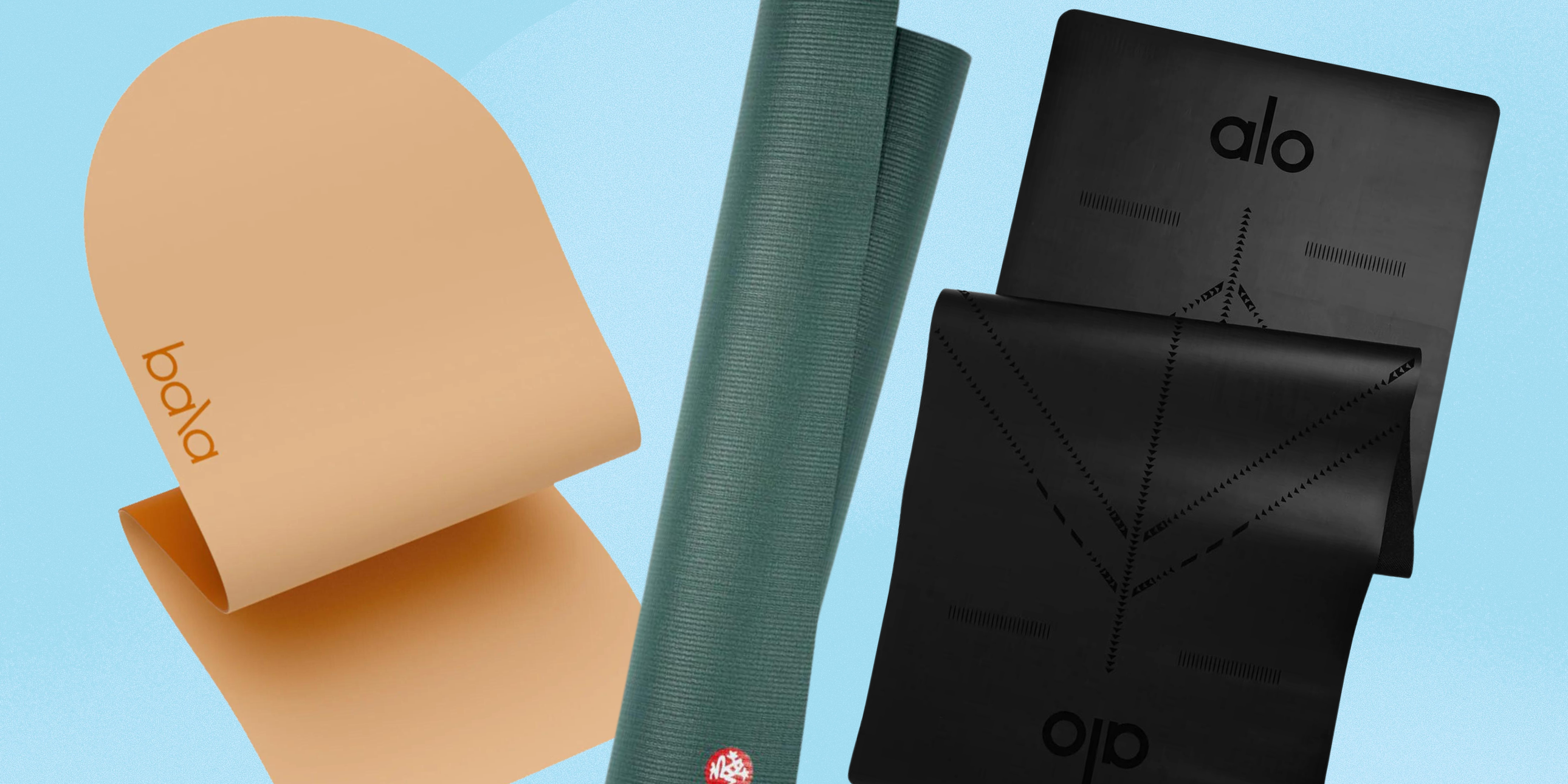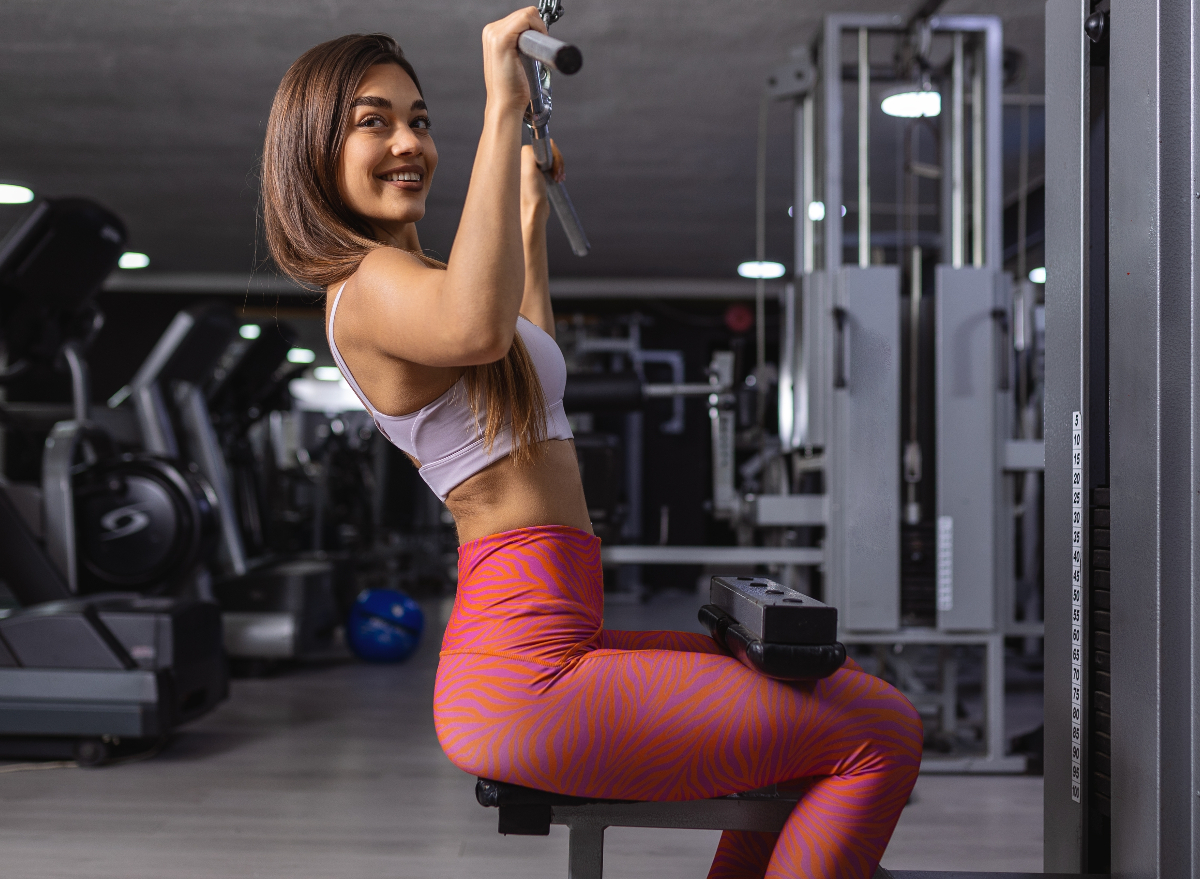Finding the right mat can make a big difference in cultivating a yoga practice that feels comfortable, grounding, and sustainable. Whether you prefer to do classes at home or at your local studio, here’s what you need to know about finding the best yoga mat for your flow.
How to choose the right yoga mat
Thickness
A thicker mat is ideal if you’re dealing with slight joint pain, practicing on a hardwood floor, or primarily using it for floor poses and stretching. With enough supportive cushioning, you can focus on your practice, rather than on any uncomfortable pressure points. On the other hand, some people may find it more challenging to balance and flow at a faster pace on a thick, cushy mat—in which case, a thinner mat (under five millimeters) might feel better. “Listen to your body: A thicker mat might feel way more comfortable for your sensitive knees, or you might find that you’re sinking too much, and need something flatter,” Annie Moves, a registered yoga instructor at Alo Moves tells SELF.
Length
Most standard yoga mats are 71 or 72 inches long, but you can find options that are both shorter (68 inches) and longer (80 inches). If you’re on the taller side, it may be worth finding a longer mat that’ll accommodate your body, since many yoga poses involve a wide stance (think: warrior II, downward dog, and goddess pose).
Texture and Material
READ RELATED: Adopt eight lifestyle changes to extend your life, researchers say
If you sweat a lot or frequently attend hot yoga classes, using a mat with a nonslip surface can help keep you from sliding around. Those made with open-celled materials like polyurethane (PU) foam are particularly absorbent, which should help remove excess moisture and reduce the risk of slipping, but they do require regular cleaning to prevent bacteria buildup. Bringing a yoga towel is another way to avoid practicing in sweat puddles, and some mats even come with a towel built in.
There are also textured yoga mats, which feature grippy nubs along the top that can help you feel like you’re actually sticking to it. “You can also get mats with dual surfaces, featuring a smooth surface on one side and textured grip on the other,” Chelsea Jackson Roberts, a registered yoga teacher and instructor at Peloton in NYC, tells SELF. If you practice both hot, fast-paced yoga and also slow flow yoga, a versatile option such as this might be your best choice.
Portability
A thinner, lightweight mat is a great option if you often take your mat on the go, because it can pack away easily. It should be able to fit in a carrying strap, roll up into your yoga-mat carrier, or even fold down into a compact square.
The best yoga mats
Whether you’re a relative beginner who’s just getting used to the postures or a seasoned yogi, we’ve highlighted the best yoga mats for all types of practices and bodies. We included budget-friendly best-sellers along with top picks from yoga instructors and fitness pros. And, once you find a mat that works for you, consider adding yoga blocks and other helpful props to your practice.






